When designing or renovating a bathroom, one often-overlooked detail is the backsplash. While backsplashes are common in kitchens, many homeowners wonder if they’re necessary for bathroom cabinets, especially those featuring solid wood bathroom cabinets. The answer largely depends on your bathroom’s design, function, and aesthetic goals. In this article, we’ll explore the purpose of a backsplash, its benefits, and whether your bathroom cabinets need one.
What Is a Bathroom Backsplash?
A backsplash is generally a vertical surface of tile, stone, or any other material fixed on the wall behind the countertop. In the bathroom, it's found behind sinks or vanities most often. The main purpose of the backsplash is to save the wall from water splashes, soap, and other stuff coming from the bathroom.
Benefits of Adding a Backsplash to Solid Wood Bathroom Cabinets
1. Protects the Wall from Moisture
Bathrooms are inherently wet areas, and splashes around sinks are simply impossible to avoid. Without a backslash, the wall surface behind your solid wood bathroom cabinets will get damaged due to the constant exposure to moisture. The moisture seeps into the drywall and creates mold, mildew, and costly repairs.
2. Enhances Durability of Solid Wood Cabinets
Solid wood is durable, beautiful, and can be quite resistant to water damage if sealed properly. A backsplash acts like a barrier to prevent the water from reaching your cabinets and thus protects the finish of the wood.
3. Easy Maintenance
A backsplash makes it easier to clean. Instead of scrubbing off stains on painted walls, you can easily just wipe down a tiled or sealed backsplash. This applies, in particular, when dealing with high-traffic bathrooms or households with many children.
4. Adds Visual Appeal
A backsplash isn't just functional, but also a design aspect. The right backsplash can enhance the aesthetic in your bathroom and really make the color and texture in your solid wood bathroom cabinets pop. From sleek subway tiles to bold mosaic patterns, the options are endless.
When a Bathroom Cabinet May Not Need a Backsplash

While backsplashes offer numerous benefits, there are scenarios where they may not be necessary:
1. Minimal Water Exposure
If your bathroom sink is rarely used or located away from the wall, the risk of water splashes is minimal. In such cases, you may decide to skip the backsplash.
2. Wall Material
Some wall materials, like waterproof paint or panels, can handle moisture better than standard drywall. If your bathroom is equipped with these materials, a backsplash might be less critical.
3. Design Preferences
For minimalist or modern bathrooms, some homeowners prefer a seamless, clean look without a backsplash. If aesthetics take precedence over functionality, you might opt to forgo this feature.
Popular Backsplash Materials for Solid Wood Bathroom Cabinets
If you decide that a backsplash is right for your bathroom, here are some popular material options to consider:
1. Ceramic or Porcelain Tiles
Why Choose Them: Affordable, water-resistant, and available in countless colors and patterns.
Best For: Traditional or contemporary bathrooms.
2. Glass Tiles
Why Choose Them: Sleek, modern, and reflective, glass tiles brighten up the space.
Best For: Modern or minimalist bathrooms.
3. Natural Stone
Why Choose Them: Adds a touch of luxury with materials like marble, granite, or slate.
Best For: High-end or rustic bathrooms.
4. Waterproof Wallpaper
Why Choose Them: Unique designs and patterns for a bold statement.
Best For: Eclectic or vintage-inspired bathrooms.
5. Wood Panels
Why Choose Them: Matches solid wood cabinets for a cohesive look.
Best For: Rustic or farmhouse-style bathrooms (ensure proper sealing).
How to Choose the Right Backsplash for Your Bathroom
When selecting a backsplash, consider these factors:
1. Match the Style of Your Cabinets
Your backsplash should complement the color and texture of your solid wood bathroom cabinets. For example, a light wood vanity pairs beautifully with white subway tiles, while dark wood looks stunning with marble.
2. Consider Maintenance Needs
Choose a material that fits your lifestyle. If easy cleaning is a priority, opt for smooth, non-porous materials like ceramic or glass.
3. Budget
Backsplashes come in a wide range of prices. Set a budget beforehand to narrow down your options without compromising on quality or style.
4. Height and Coverage
Decide how much of the wall you want to cover. A standard backsplash is 4-6 inches high, but full-height backsplashes that reach the ceiling are trending for their dramatic effect.
Installing a Backsplash: DIY or Hire a Professional?
Depending on the material and your level of expertise, you can either install a backsplash yourself or hire a professional. Here are some tips:
DIY: Simple materials like peel-and-stick tiles or ceramic tiles are beginner-friendly.
Professional: For intricate designs or materials like natural stone, it’s best to hire an expert to ensure a flawless finish.
Final Thoughts
So, does a bathroom need a backsplash? Although it's not always required, adding one to your solid wood bathroom cabinets offers numerous benefits, from protecting your walls to enhancing your bathroom's design. Ultimately, everything depends on your bathroom's layout, usage, and aesthetic preferences.
If you're renovating or designing a bathroom, consider the functional and visual advantages a backsplash can bring. Whether you choose sleek tiles or rustic wood panels, the right backsplash can elevate your bathroom's style while providing practical protection.


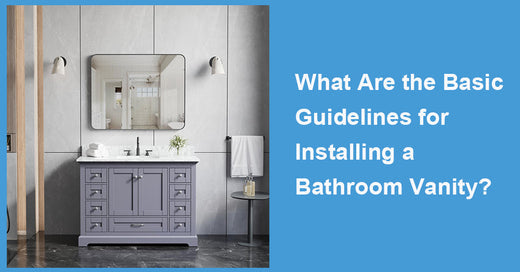



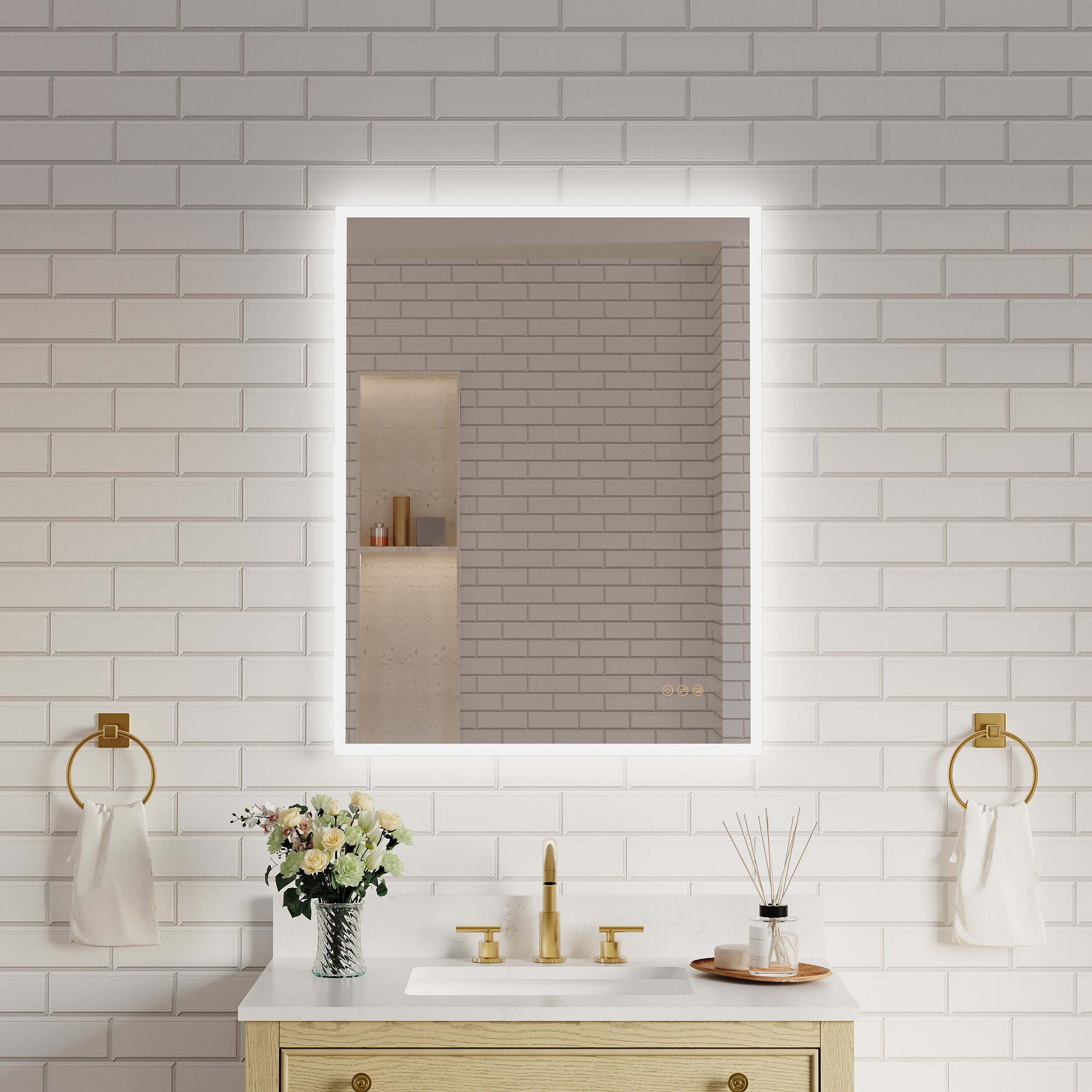



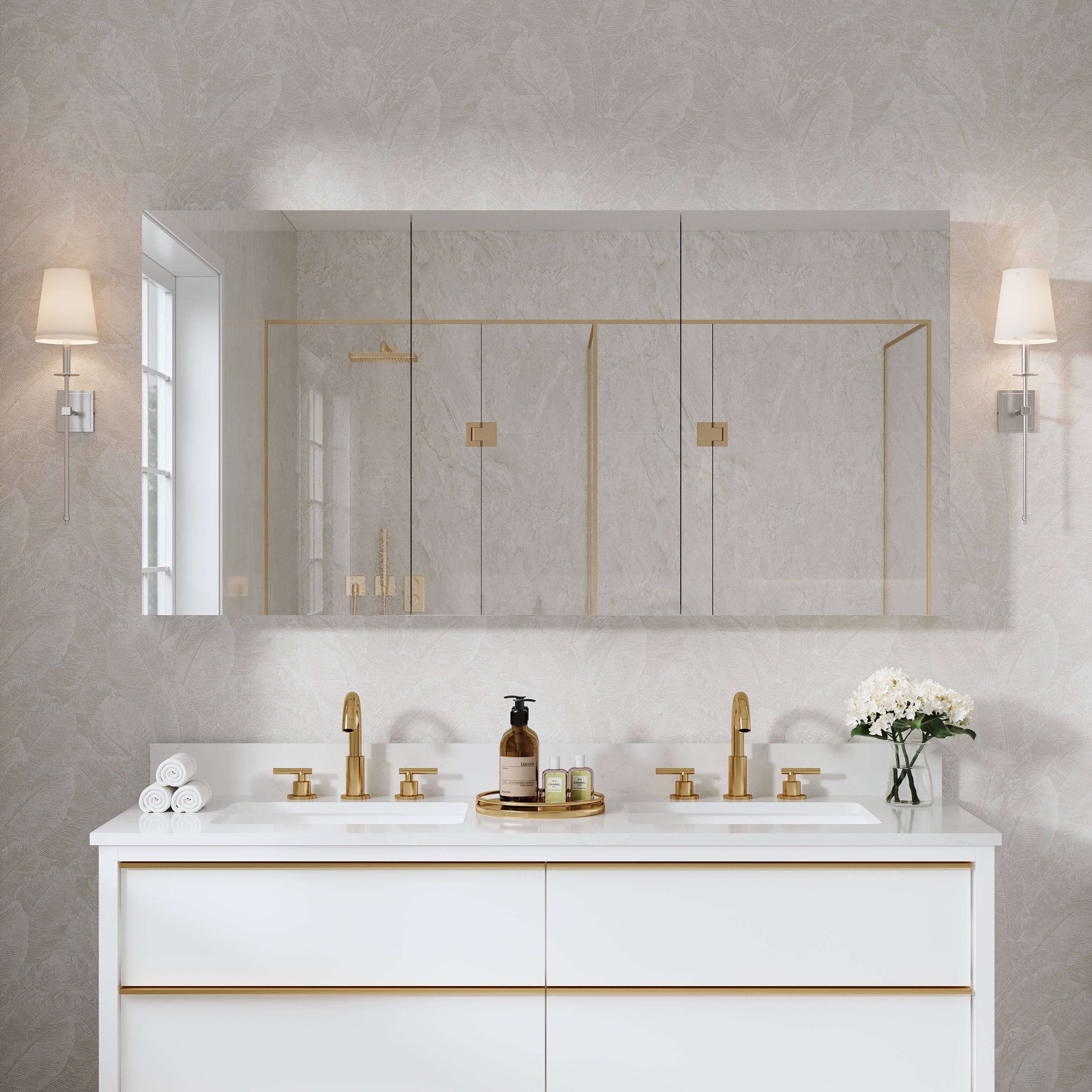

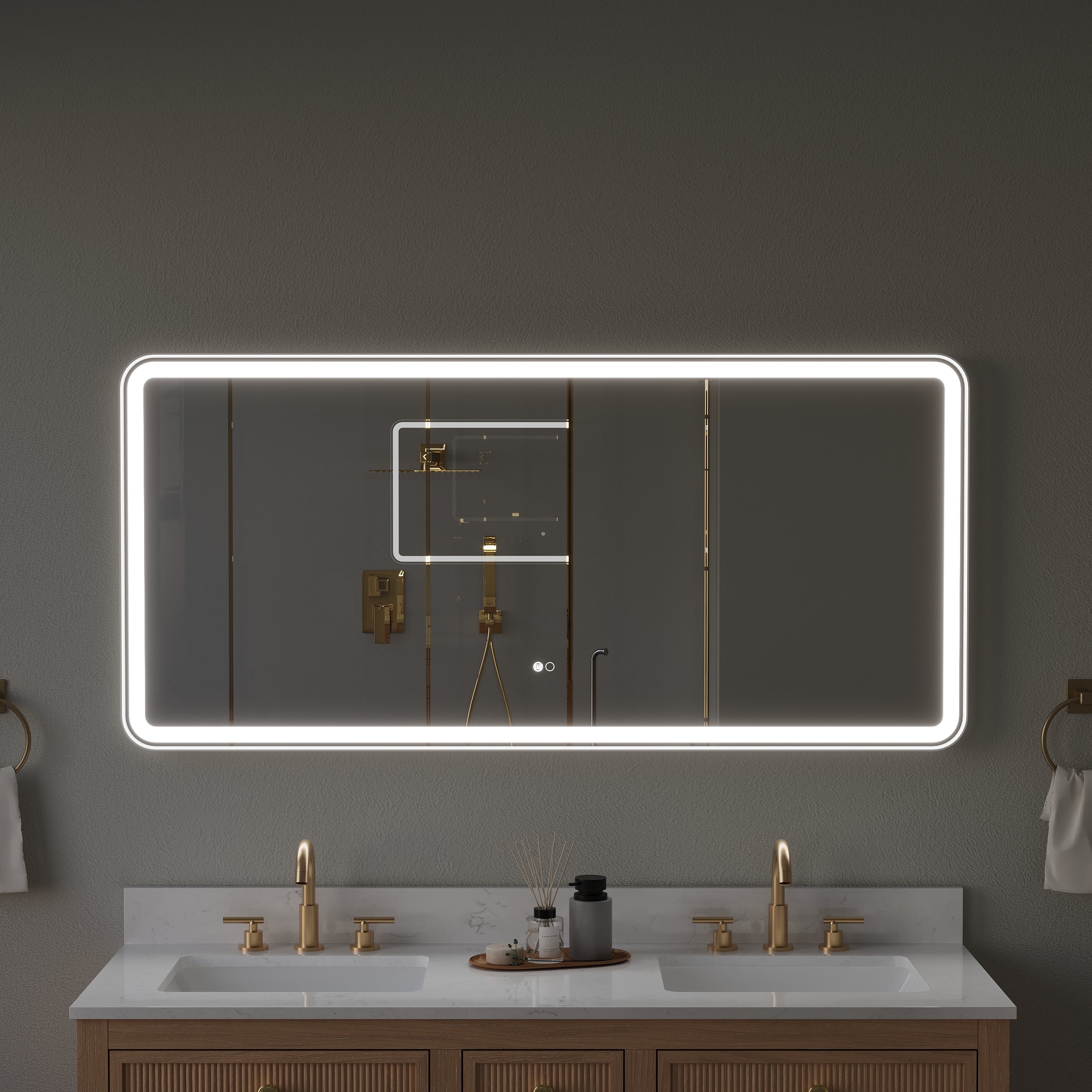
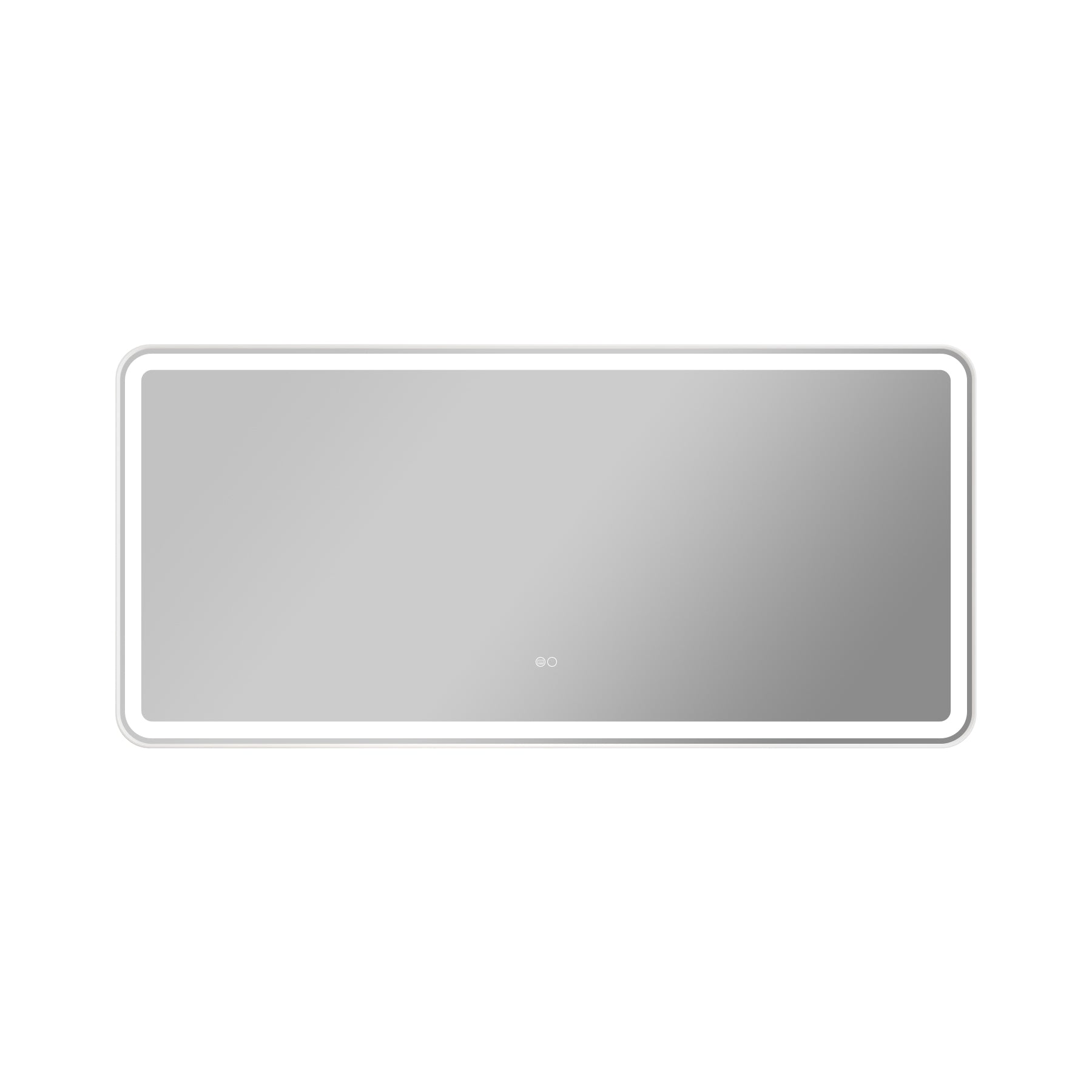

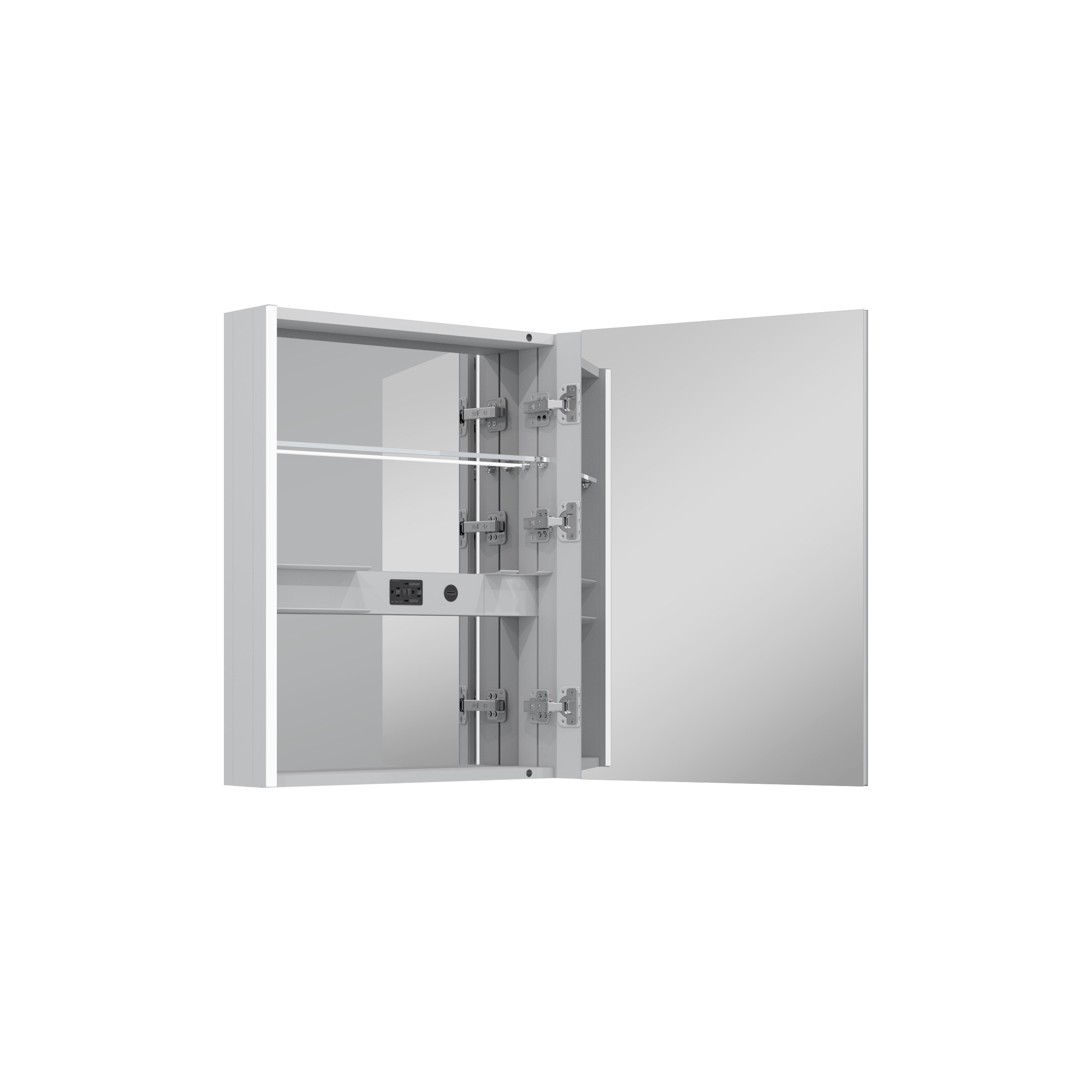
Leave a comment
This site is protected by hCaptcha and the hCaptcha Privacy Policy and Terms of Service apply.